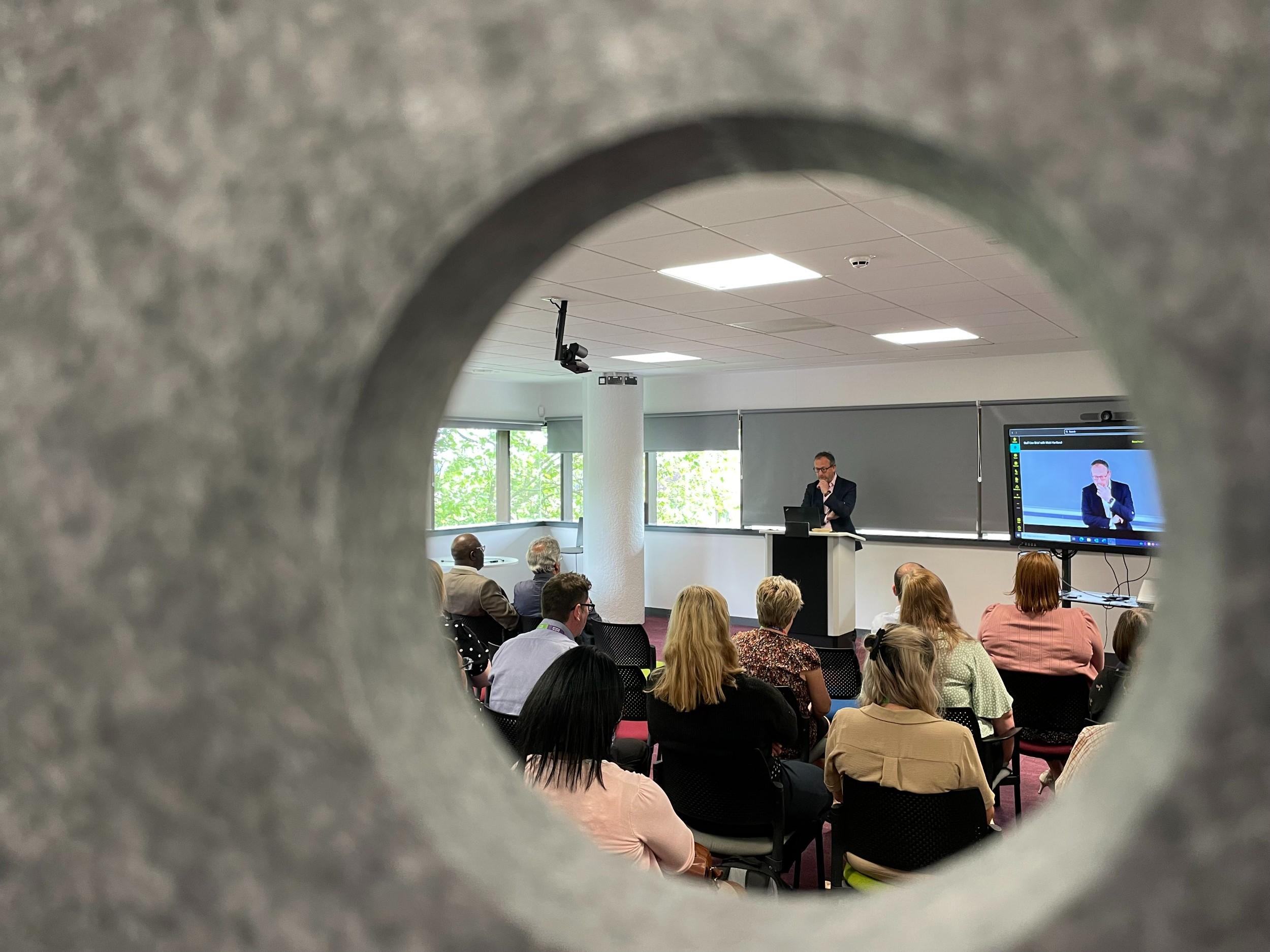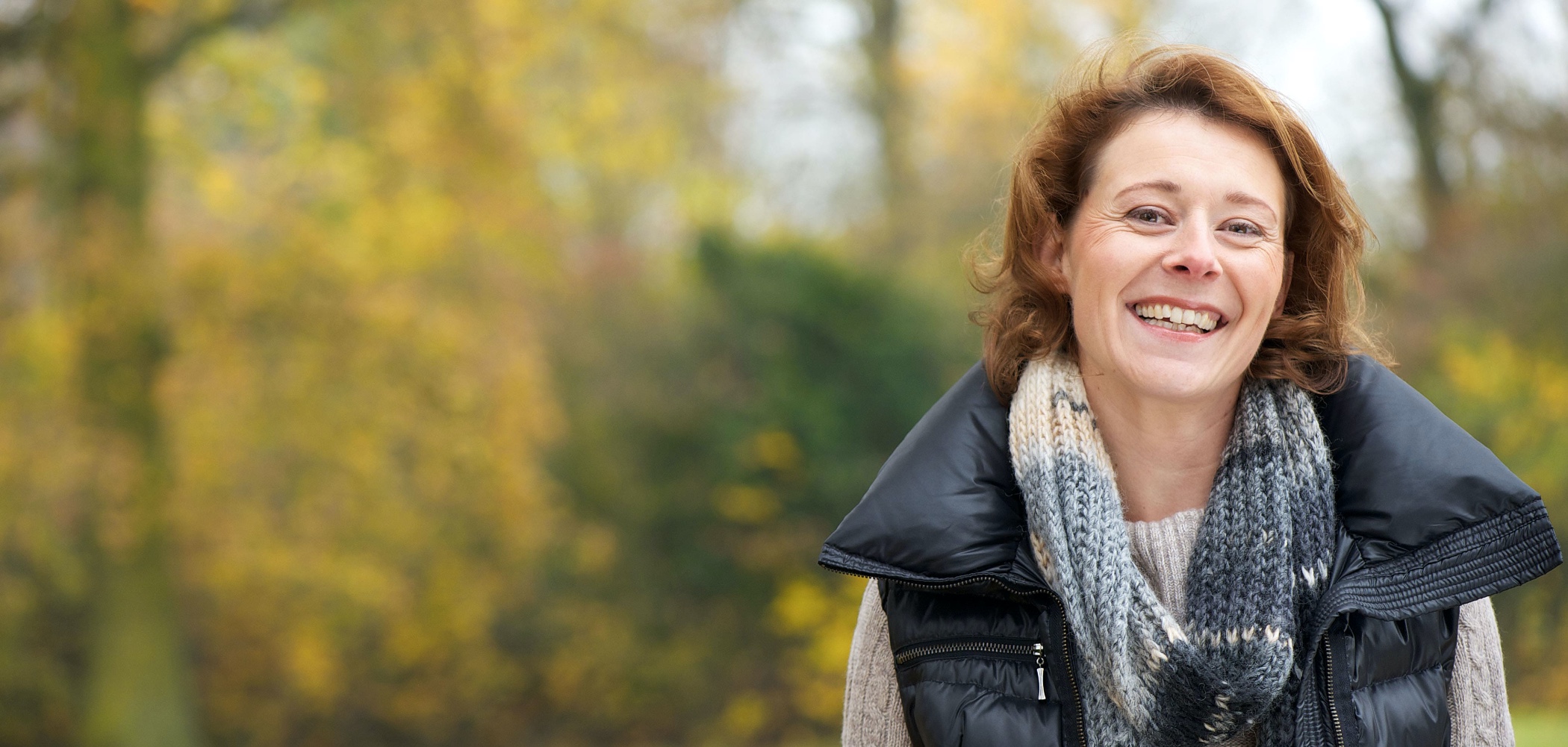Ahead of World Diabetes Day (Monday 14 November), people are being reminded to look out for the signs and symptoms of diabetes.
Created by the International Diabetes Federation (IDF) and the World Health Organisation (WHO), World Diabetes Day is celebrated worldwide and aims spread awareness of diabetes.
Type 2 diabetes is a common condition that causes the level of sugar in the blood to become too high. It is often linked to being overweight or inactive, or having a family history of type 2 diabetes, and the health implications can be serious and life changing. It is the leading cause of preventable sight loss in people of working age, as well as a major contributor to kidney failure, heart attacks, stroke, and many common types of cancer.
Type 1 diabetes is a rarer form of the condition, which is caused by genetic or environmental factors, and can’t be prevented.
Those with type 1 diabetes require regular insulin injections for life to keep blood glucose levels under control. The main symptoms of diabetes to look out for include:
• feeling very thirsty
• peeing more frequently than usual, particularly at night
• feeling very tired
• weight loss and loss of muscle bulk
• itching around the genital area, or frequent episodes of thrush
• cuts or wounds that heal slowly
• blurred vision.
Dr Ruth Tapparo, Diabetes Primary Care Clinical Lead for NHS Black Country Integrated Care Board, said: “There are several risk factors for type 2 diabetes, some of which can’t be changed such as your age or your family history. However, there are other factors which are very much in your control, such as losing weight, getting more physically active and eating a healthy, balanced diet.
“That’s why it is vital that people at risk of developing type 2 diabetes act now. There has never been a more crucial time to lose weight, be more active and eat healthily.
“Diabetes can develop at any age and it’s important that it is diagnosed as early as possible. With modified lifestyles, exercise and the right medication we can keep blood glucose levels as normal as possible and control symptoms. People living with diabetes need to look after their physical and mental health very carefully to help manage the condition and minimise the risk of developing complications later in life.
“World Diabetes Day provides us with a great opportunity to shine a light on diabetes and spread awareness on how we can help prevent and manage this condition.”
For more information on diabetes, visit the NHS website here.
Ian’s Story
PE teacher and keen sportsman Ian Bletcher was just 28 years old when he was diagnosed with type 1 diabetes.
Now, the 64-year-old from Stourbridge is raising awareness of the condition by sharing his experience of living with type 1 diabetes ahead of World Diabetes Day.
He said: “I’ve worked in sport all my life and have always been fit and healthy. So, when I was diagnosed with type 1 diabetes in 1986 at 28, it was a huge shock. I was a full-time PE teacher who was extremely active and played rugby at a high level.
“I remember that I had lost quite a bit of weight without trying and was drinking lots of water – it was like I couldn’t quench my thirst. I went to see my GP to check it out, they did a quick test, and I was diagnosed straight away. I felt like it came completely out of the blue and it floored me. I didn’t know anyone else who had diabetes and no one in my family had it so I just didn’t know what to expect.
“I was quickly given insulin and taught how to inject myself with a syringe, which I had to do several times a day. I then had to visit a dietician and was given a strict diet to follow and was also shown how to test my blood sugar by doing a finger prick blood test. As a PE teacher I was often outside on a field or in a gym, so making sure I was eating at the right times and could check my blood sugar levels was challenging.
“When I was first given the diagnosis, my main concern was whether I could keep playing sports. Rugby was a huge a part of my life and I couldn’t comprehend not being able to play again. Luckily, I learnt how to manage my condition effectively and was able to continue playing.
“There’s no denying that living with type 1 diabetes isn’t easy, in fact it can be completely overwhelming, especially when you have so much information to take in. However, I eventually adjusted to my new ‘normal’ and the challenges that diabetes brings. I found that I could sense when my blood sugars were getting too low based on what I’d eaten or how much exercise I had done, which has helped me identify when I need insulin.
“Over the years, technology has evolved and now I use an insulin pen, rather than injecting myself every day with a syringe. It means I don’t have to carry around injections and vials of insulin as the amount of insulin I need is already in the pen ready for me to use, which is a lot quicker and more discreet.
“Just before Christmas last year, I was lucky enough to be fitted with a Freestyle Libra, a device that always monitors my glucose levels. I attach a small device to my arm that senses how much glucose is in the fluid under the skin. The results then get sent to an app on my phone so I can see what my levels are day and night. This has completely revolutionised my diabetes care for me and made my life so much easier. Five years ago, I would say I probably spent half a day a month testing my blood three to four times a day. Now, I can do six blood sugar tests in one morning in a matter of seconds.
“It’s not all been plain sailing. Two years ago, I woke up and couldn’t see. I had lost sight out of my eyes due to a diabetic haemorrhage, a complication of diabetes caused by high blood sugar levels damaging the back of the eye. It was like I had a red curtain in front of my eyes which meant I couldn’t drive, teach, watch TV or read, all of the things that you take for granted. It was absolutely terrifying, but I was really lucky that I had two operations which restored my vision.
“Then, in December last year, I had to have my toe amputated. I was at an appointment at the hospital for my Freestyle Libre, and just happened to mention my toe was sore. The doctor was brilliant, she went next door and led the podiatrist by the hand into the room, who assessed me immediately. I had the operation the next day and was told if it hadn’t been caught when it did, I could have potentially lost my entire leg which would have been life changing. I had a couple of weeks off work but was quickly back to teaching PE and running school matches in no time.
“Diabetes has presented some challenges in my life, and it requires constant management, however it is possible to live life to the full. I’m so grateful to the NHS and to the incredible technology that has helped me navigate my diabetes over the last 36 years.
“I think it’s important that people take their diagnosis seriously, whether they have type 1 or type 2 diabetes. You can’t just get diagnosed with diabetes and expect medication to do the work. You’ve got to help yourself, whether that’s by keeping on top of your medication, getting off the sofa and going for walks and eating a healthy diet.
“For anyone who is at the start of their diabetes journey, I would say you can do it and you’re not alone.”



